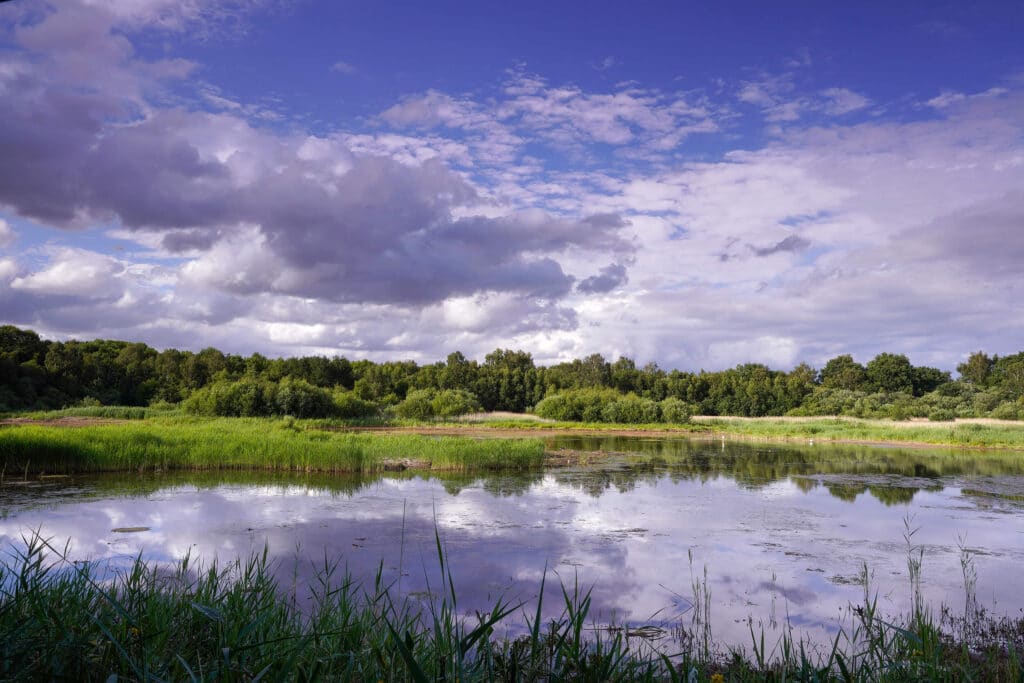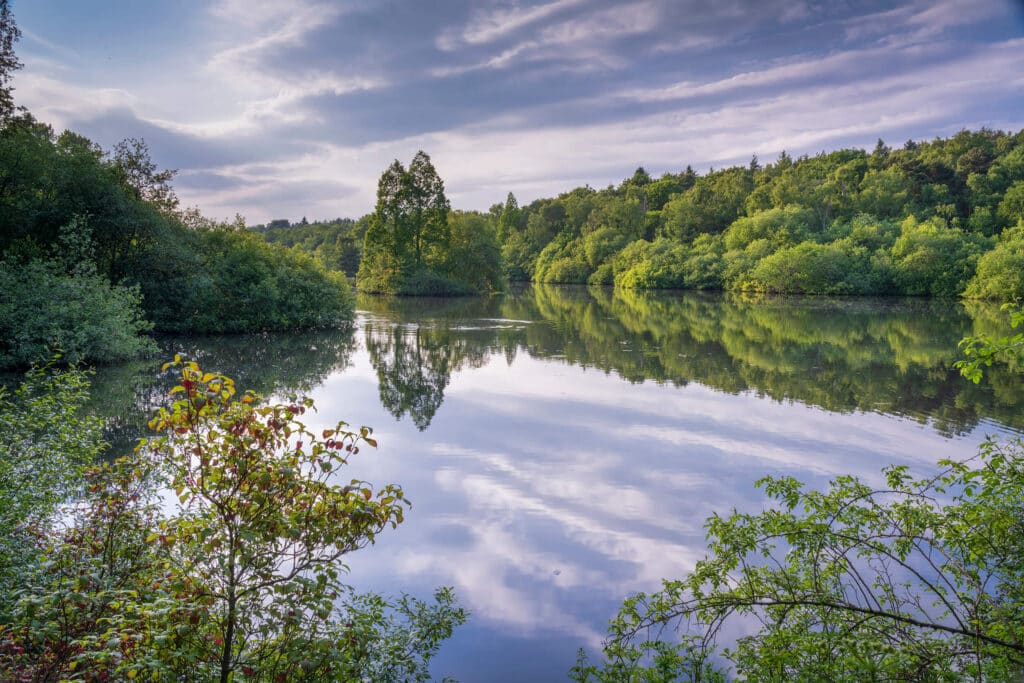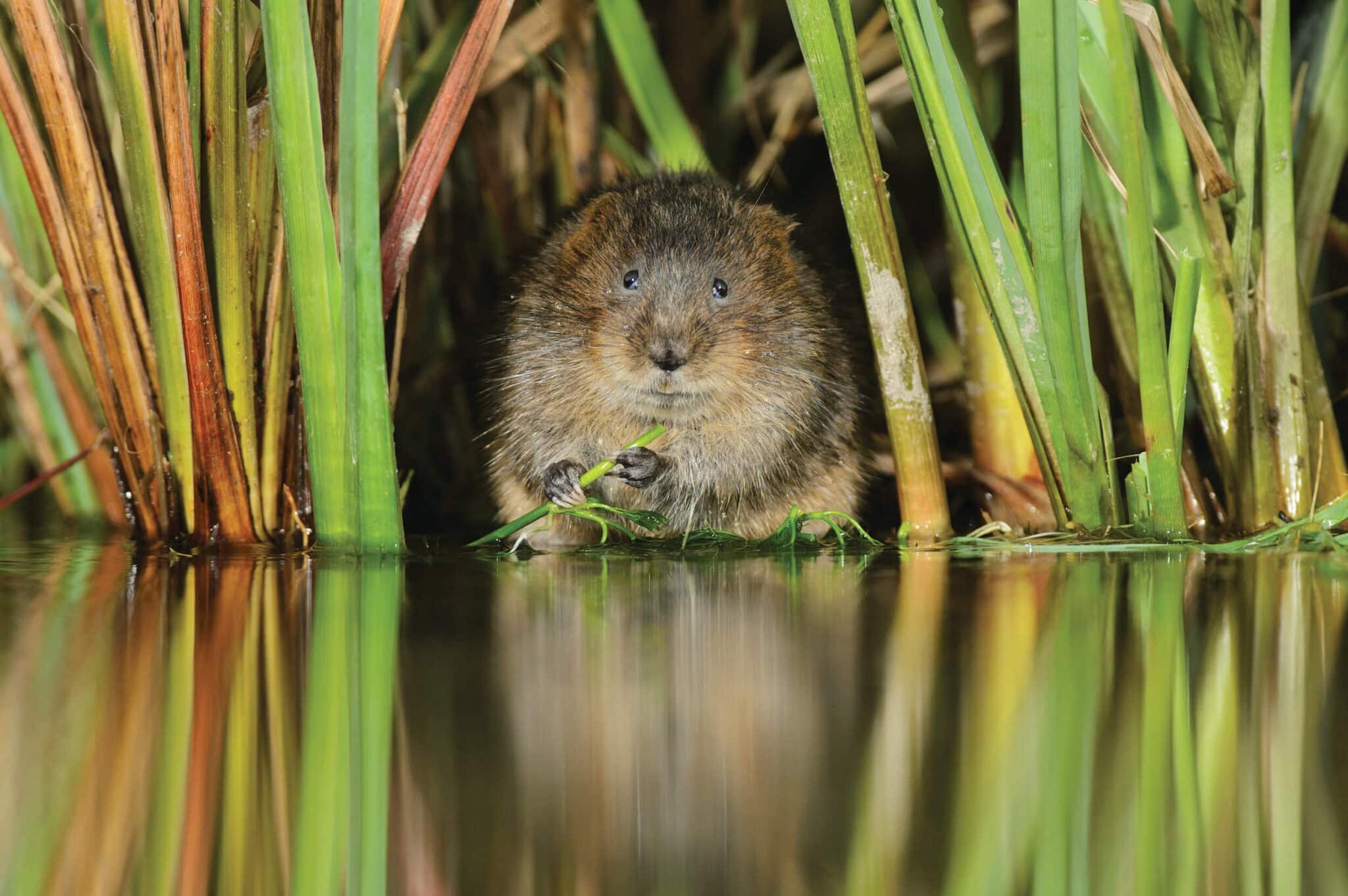Amy Cooper showcases Yorkshire’s wonderful wetlands that we can all enjoy this autumn, and how we can help preserve them
Our wetlands are wonderous places – so precious for our wildlife and spell-binding for our senses at any time of year; it’s hard to capture their glistening glory in mere words. Wetlands are incredible for biodiversity – where open water meets golden reeds, woodland or willow, wetlands support more species than other type of habitat.
Yorkshire’s wetlands are both ancient and new; some are historic remnants of a wilder landscape, now surrounded by urban sprawl; whilst others are reclaimed from industry, representing a new start for nature and wildlife. They are permanently or seasonally filled with water, from ponds and shallow lakes to estuaries, peatlands and flooded meadows.
Yorkshire Wildlife Trust manages over 25 spectacular wetland nature reserves, providing vital havens for species that depend on them and welcoming the thousands of visitors who come to see them and enjoy the beauty of these wild places.

Potteric Carr
This is the remnant of an ancient fenland, an urban oasis nestled between motorway and railway on the outskirts of Doncaster. It has miles of flat and easy walking routes through woodland, alongside meadow and around numerous pools. Just over a third of the UK’s dragonfly and damselfly species make their home here. The reserve is also home to 902 species of moth and 20% of Yorkshire’s breeding bitterns.
North Cave Wetlands
Near Hull, this is a fantastic example of a 21st century nature reserve, restored from the footprint of a large sand and gravel quarry. It includes a lovely one mile circular walk around the main wetland areas, with hides from where you can spot an array of ducks, as well as kingfisher, green woodpecker and barn owl. The reserve has 2% of the UK’s breeding avocets, alongside one of Yorkshire’s biggest sand martin colonies. Last year, marsh harriers bred here for the first time.

Wheldrake Ings
Near York, this is a keystone site for shovelers, garganeys and curlews, as well as host to 50% of the UK breeding population of spotted crake. The beautiful summer hay meadow becomes a winter wetland when the River Derwent floods, usually in November. An osprey rested here on migration south in the last week. Wheldrake now supports England’s largest colony of little egrets since they arrived in 2009. A linear walk along the edge of the reserve and several hides provide extensive views across the reserve.
Sadly, the future of Yorkshire’s wetlands is far from certain. Wetlands are vanishing at an astounding rate: the UK has lost 90% of its wetland habitat through drainage and building works in the last 60 years. The heatwave that hit the country in July and August dried out some lakes at Potteric Carr completely. The reserve will recover, but the more often this happens, the longer it will take the reserve to recover and the higher the risk of irreparable damage.
Where once our wetlands could self-regulate through natural processes, we must now manage them manually through pumps, building dams and planting reeds – and climate change will make this increasingly difficult. A verdant landscape once teeming with wildlife is now fragmented and drying out, at risk of being lost forever and putting globally important wildlife at risk of extinction.
In the coming decades people, as well as wildlife, will rely on wetlands for safety as the climate emergency increases the risk of extreme flooding. Healthy wetlands filter water and provide a crucial natural flood defence. When it rains, they fill up, protecting communities from the often disastrous effects of flooding by slowly trickling water back into our streams and rivers. Both Potteric Carr and North Cave Wetlands are vital parts of their local flood alleviation schemes.

What we can do
For decades Yorkshire Wildlife Trust have been protecting and creating wetlands across Yorkshire, but as costs rise more support is needed to safeguard these critical water networks for wildlife and people. But there is still hope. Together we can create a glistening lifeline for threatened wildlife and a chance for survival for water voles, curlews, dragonflies and so much more. By making a donation to their Wilder Wetlands appeal you can help keep these unique places special for wildlife and people.
Visit ywt.org.uk/wilder-wetlands to find out more and make a donation









